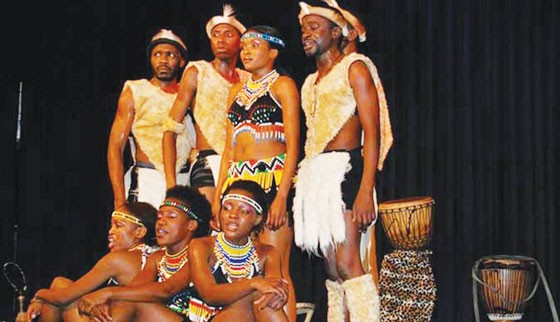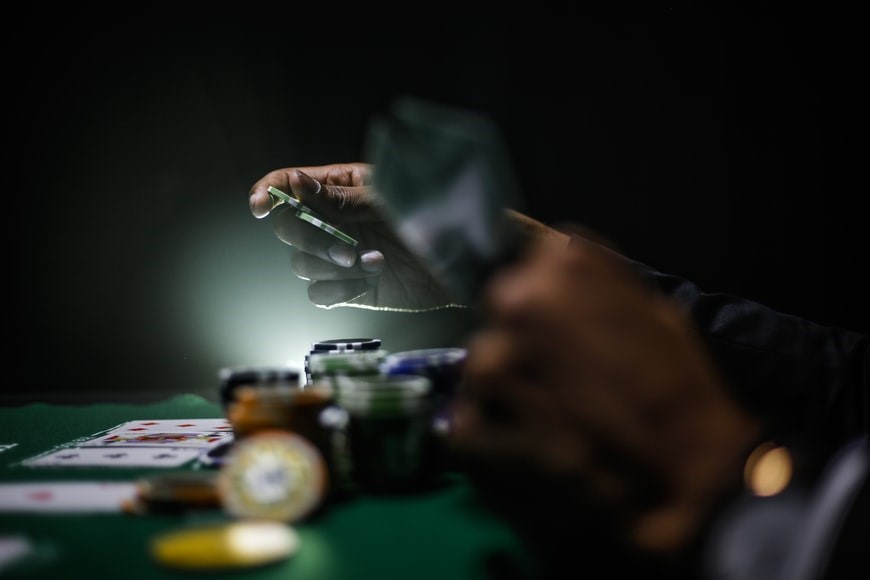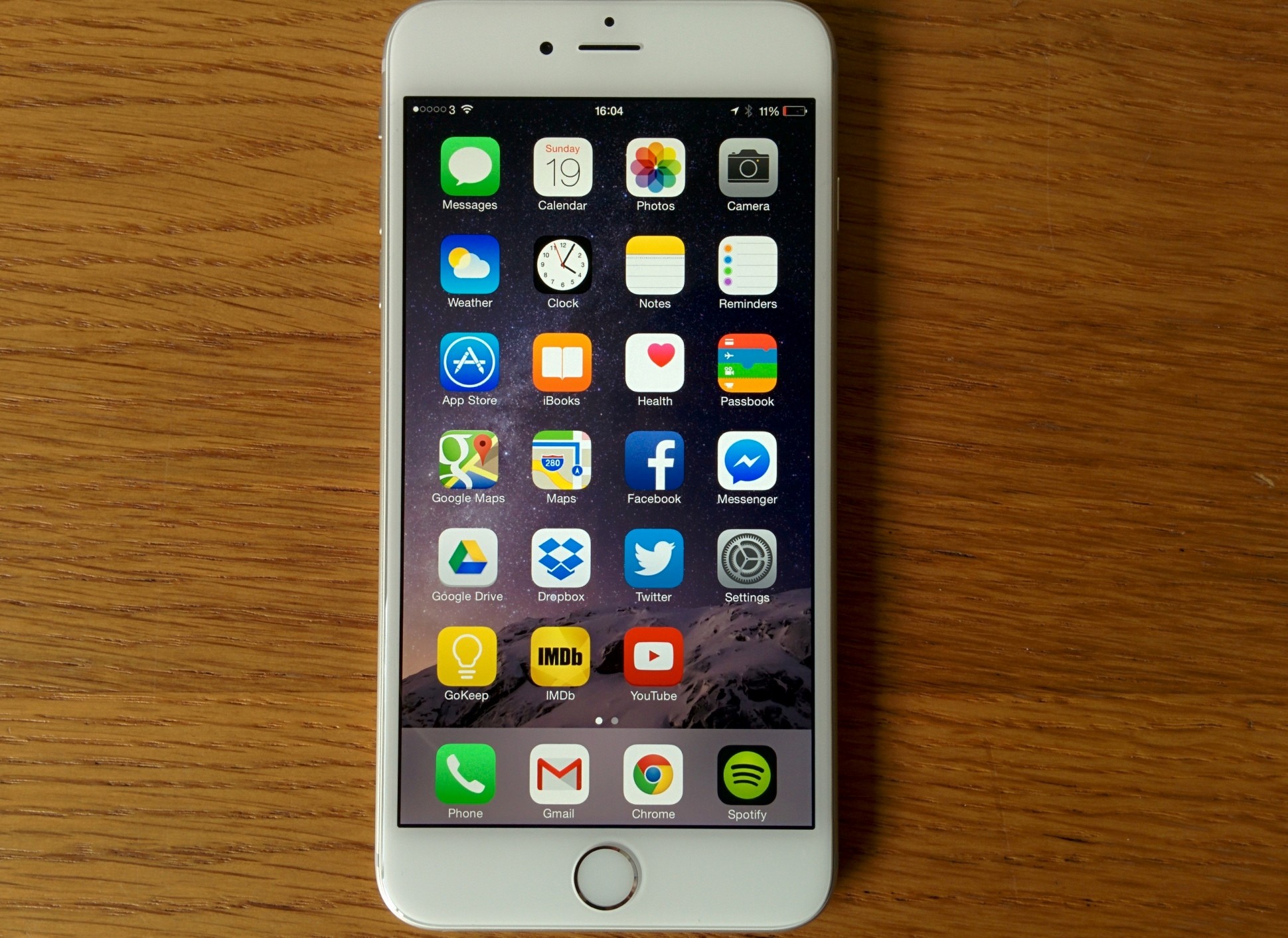
ON Sunday August 11, I read in the Southern Eye a very thought-provoking article by Nkululeko Dube the director of Iyasa, where he was inspired by politicians packing stadiums in Bulawayo while artistes cried out about the people of Bulawayo not supporting them by coming to their shows.
CONT MHLANGA OWN CORRESPONDENT
He then asked if promoters or even artistes ever engaged the prospective market through informed research to know what they wanted to pay to see them or if they gave them what they wanted to see. Failure to do so could be the reason why people did not turn up.
That question by Dube got me thinking and I wondered if there was any substance in what he was saying. Since Dube has great ideas such as this one, but does not have the structures to implement them, I have no great ideas as Dube has, but I do have the structures to implement them, I decided that we collaborate and investigate.
On August 17 the centre’s marketing officer — a student on attachment from the Midlands State University’s society and media studies department — undertook an indicative survey asking young people who attended the Dreams To Fame show three questions — name a Bulawayo-based artiste or group they wanted to pay to see; what time of the day should the show be presented; and what time should the show end.
On this day Dreams To Fame was attended by 712 young people 421 males and 291 females, 70% of whom were 17 years and above. The survey targeted 50 males and 50 females from the crowd to respond to the three questions.
A team of 10 people interviewed 10 young people each, separately, of the 17 years and above age group by first identifying the suburb they came from, making sure the respondents represented all suburbs of Bulawayo from the west to the east.
The results of the survey inspired by Dube have surprised us leading to more serious questions than answers. Below are the excerpts: All the respondents mentioned only 18 groups/artistes based in Bulawayo that they would go and see.
- Chamisa under fire over US$120K donation
- Mavhunga puts DeMbare into Chibuku quarterfinals
- Pension funds bet on Cabora Bassa oilfields
- Councils defy govt fire tender directive
Keep Reading
What was shocking was that some of the groups that dominate in the local media as top groups from Bulawayo in the Southern Eye, Chronicle, B-Metro, Sunday News Magazine and ZBC/TV and radio did not even make it to the list. People don’t want to see their shows.
Albert Nyathi, despite the fact he does not stay in Bulawayo, made it to the bottom of the list. He is the only artiste originating from the region and was not staying in Bulawayo who made it to the list. It means people identify him as a Bulawayo artiste no matter where he stays.
Eleven groups were mentioned by females while seven were mentioned by males. We concluded that females understand and are better informed about the Bulawayo arts scene than males. So if you want to sell tickets for your shows, you are better off targeting females.
Of the 18 groups on the list, only three groups were mentioned by both males and females. This shows us that females have a different taste for entertainment than males.
The most popular time for shows emerged to be 4pm. Males wanted shows to end at 8pm. They are comfortable with going out at night.
Females wanted shows to end at 6pm. Bulawayo promoters do not present shows during the day and this means the whole potential market of intelligent females who do not like going out at night are not being provided for by Bulawayo artistes.
Since the tastes differ by sex, we decided to keep the top four groups by males and females separate to read into the groups. There is a lot to read into those names as well. The groups scored according to how many respondents mentioned them.
The group that females wanted to see was Revolution. I don’t know them. I can’t put any faces to this group. Anywhere, they are in popular demand with females in Bulawayo.
They were followed by Sandra Ndebele on the list by females. I know Sandy, but I have never heard of her performing in the afternoon for a paying audience. Is she selling her product to the wrong people?
Top Klass came next on the females’ top four groups. They were followed by the Lobengula West-based Hash Touch. I thought this group died a long time ago. The males had a different list from the females.
Black Dickies came first. They are in demand from the males. I don’t know this group. Explosion came second.
Loxion Stone was third. This is one group of the three that was mentioned by females placing them on number five on their list. Iyasa was number four on the males’ list. The group was also mentioned on the females’ list placing them on position seven. The other group mentioned by both sexes was Top Klass with the females placing them on number three while the males placed them on position seven. If you ask me, this is far from how Bulawayo’s entertainment media projects the groups. I don’t even think any of the media houses have photos of the two most popular groups on demand by the market today — Revolution and Black Dickies.
I could be wrong, but I don’t think so. I don’t think even Dube who inspired this survey, can put faces to these two groups. What does this tell us about the Bulawayo arts industry?
The groups that the media portrays as the city’s big groups giving them pages and pages of space in their papers week after week are in fact, the small groups that the audiences don’t want or even care to see — a good reason why these artistes are always complaining of lack of support.
Bulawayo people don’t want to see little artistes portrayed by the media as big artists. You can’t fool the market, so they say in business. The groups ignored by the media are in fact, the “big groups” that the market knows without the help of the Bulawayo media and they are in demand.
Where would they be if the media dared give them space week after week? The entertainment scene in Bulawayo would turn upside down and artistes would drive limos in no time!
The groups that are projected by the media as successful globetrotters on the basis that they travel abroad, did not make it to the list. Locals don’t want or don’t care to see them.
Traditional dance is not on demand as no groups made it to the list. Imbube has no fans except maybe for those who perform it.
The older generation groups are also not on demand by the young audiences. They don’t care about them. The groups that are participating in various corporate heavily sponsored talent competitions and even go to national finals representing Bulawayo Province are all not appreciated by the market. They are worth nothing in the eyes of the market.
Dube is right. Promoters, artistes, funders and the media in Bulawayo do not know what the majority of the people that could fill stadiums to watch shows want. We have no clue what the market wants. Is the media assisting in building a bankable market for the arts in Bulawayo? The results of this survey tell a different story.
A very negative one about our media — if I may add. These sophisticated young people who are all on Facebook and WhatsApp seem to know the groups and artistes they want to pay to see perform, but the media keeps pointing to the unwanted bunch of artistes who are performing what audiences don’t want to see and pay for. The results are the continued onslaught of Bulawayo citizens accused for failing to support their own. Thank you Dube for challenging our minds.










